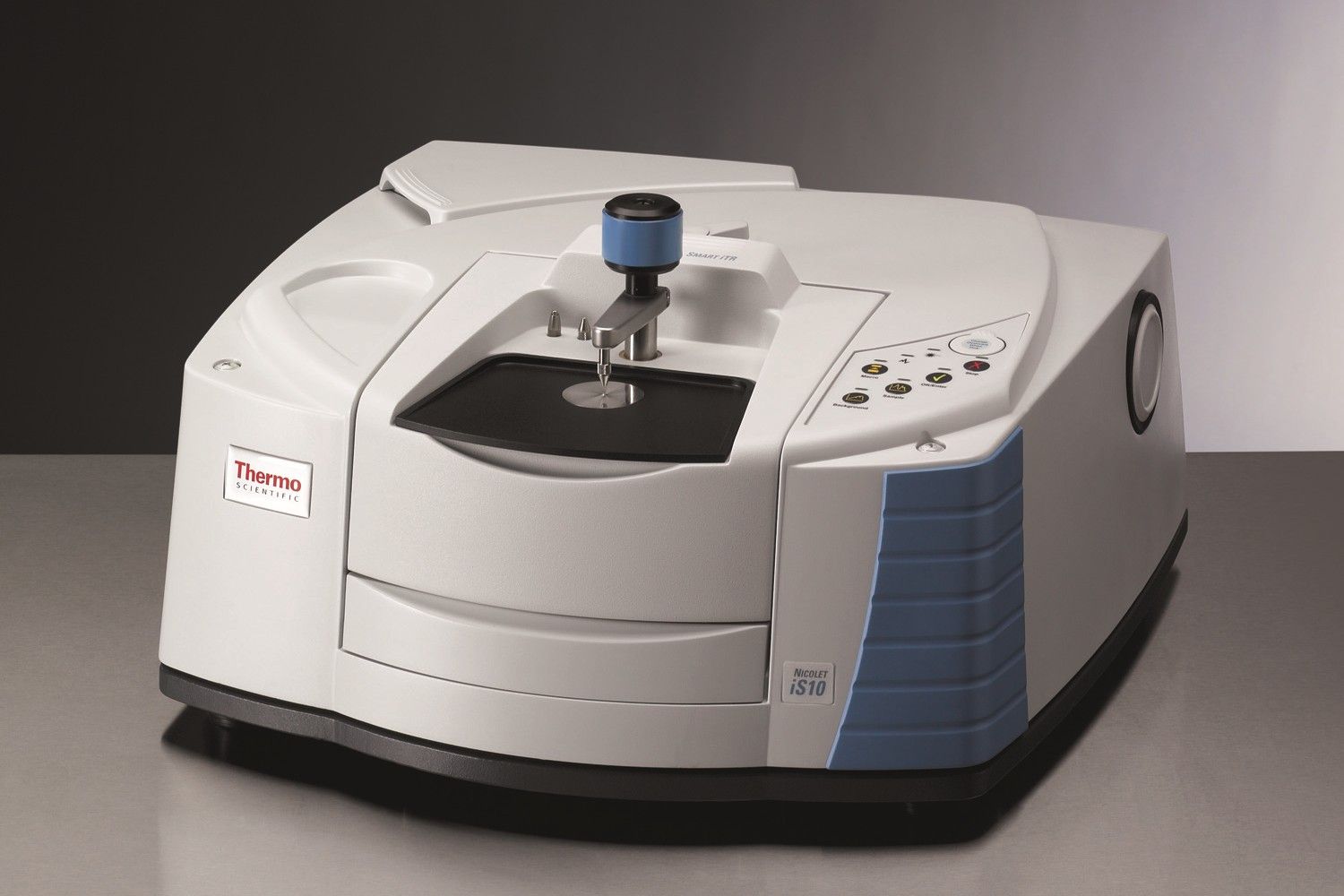
What is an FTIR spectrometer? An FTIR spectrometer (Fourier Transform Infrared Spectrometer) is a powerful tool used to identify and quantify materials by measuring how they absorb infrared light. This device works by shining infrared light through a sample and detecting the wavelengths that are absorbed. The resulting data creates a unique spectral fingerprint, which can be used to identify different substances. FTIR spectrometers are widely used in chemistry, biology, and materials science for analyzing everything from gases to solids. They are essential for quality control, forensic analysis, and environmental monitoring. Understanding how an FTIR spectrometer works can help you appreciate its importance in scientific research and industry.
What is an FTIR Spectrometer?
An FTIR (Fourier Transform Infrared) spectrometer is a powerful tool used in chemistry and material science to identify chemical compounds. It works by measuring how different molecules absorb infrared light. Here are some fascinating facts about FTIR spectrometers.
-
FTIR stands for Fourier Transform Infrared. This technique uses mathematical algorithms to transform raw data into a readable spectrum.
-
Infrared light is key. FTIR spectrometers use infrared light to analyze samples, which can provide detailed information about molecular composition.
-
Non-destructive testing. One of the biggest advantages is that it doesn't destroy the sample being tested.
-
Wide range of applications. FTIR spectrometers are used in pharmaceuticals, environmental science, and even art restoration.
-
High sensitivity. These instruments can detect even small amounts of a substance, making them highly sensitive.
How Does an FTIR Spectrometer Work?
Understanding the working principle of an FTIR spectrometer can help you appreciate its capabilities. Here are some key points.
-
Interferometer at its core. The heart of an FTIR spectrometer is an interferometer, which splits a beam of light into two paths.
-
Michelson interferometer. Most FTIR spectrometers use a Michelson interferometer, named after physicist Albert A. Michelson.
-
Beam splitter. A beam splitter divides the light into two beams, which travel different paths before recombining.
-
Interference pattern. When the beams recombine, they create an interference pattern that contains information about the sample.
-
Fourier Transform. The interference pattern is converted into a spectrum using a mathematical process called Fourier Transform.
Applications of FTIR Spectrometers
FTIR spectrometers are versatile tools used in various fields. Here are some of their applications.
-
Pharmaceuticals. They help in identifying and quantifying drugs and their impurities.
-
Environmental monitoring. Used to detect pollutants in air, water, and soil.
-
Food industry. Helps in quality control by identifying contaminants and ensuring product consistency.
-
Forensics. Assists in analyzing substances found at crime scenes.
-
Art restoration. Used to analyze pigments and materials in artworks.
Advantages of Using FTIR Spectrometers
FTIR spectrometers offer several benefits that make them indispensable in scientific research and industry.
-
Speed. They can analyze samples quickly, often in just a few seconds.
-
Accuracy. Provides highly accurate results, making it reliable for critical applications.
-
Versatility. Can analyze solids, liquids, and gases.
-
Minimal sample preparation. Requires little to no sample preparation, saving time and effort.
-
Non-destructive. Allows for the analysis of valuable or irreplaceable samples without damaging them.
Challenges and Limitations
While FTIR spectrometers are powerful tools, they do have some limitations.
-
Cost. High-quality FTIR spectrometers can be expensive.
-
Complexity. Requires skilled operators to interpret the results accurately.
-
Interference. Water vapor and CO2 can interfere with the measurements.
-
Sample limitations. Not all samples are suitable for FTIR analysis, especially those that do not absorb infrared light well.
-
Maintenance. Regular maintenance is required to keep the instrument in optimal condition.
Innovations in FTIR Technology
Recent advancements have made FTIR spectrometers even more powerful and user-friendly.
-
Portable FTIR. Newer models are portable, making fieldwork easier.
-
Automated systems. Automation has reduced the need for manual intervention, increasing efficiency.
-
Higher resolution. Advances in technology have improved the resolution of FTIR spectrometers.
-
Software improvements. Modern software makes data analysis more straightforward and accessible.
-
Integration with other techniques. FTIR can be combined with other analytical methods for more comprehensive analysis.
The Power of FTIR Spectrometers
FTIR spectrometers are game-changers in the world of chemical analysis. They provide quick, accurate results, making them invaluable in various industries. From identifying unknown substances to ensuring product quality, these devices are versatile and reliable. Their ability to analyze a wide range of materials, including gases, liquids, and solids, sets them apart from other analytical tools.
These spectrometers also play a crucial role in environmental monitoring, helping detect pollutants and ensuring compliance with regulations. Their applications in pharmaceuticals, forensics, and food safety further highlight their importance. With advancements in technology, FTIR spectrometers continue to evolve, offering even more precise and efficient analysis.
Understanding the capabilities and benefits of FTIR spectrometers can help industries make informed decisions, improve processes, and ensure safety. These powerful tools are essential for anyone involved in chemical analysis, providing valuable insights and enhancing overall efficiency.
Was this page helpful?
Our commitment to delivering trustworthy and engaging content is at the heart of what we do. Each fact on our site is contributed by real users like you, bringing a wealth of diverse insights and information. To ensure the highest standards of accuracy and reliability, our dedicated editors meticulously review each submission. This process guarantees that the facts we share are not only fascinating but also credible. Trust in our commitment to quality and authenticity as you explore and learn with us.
